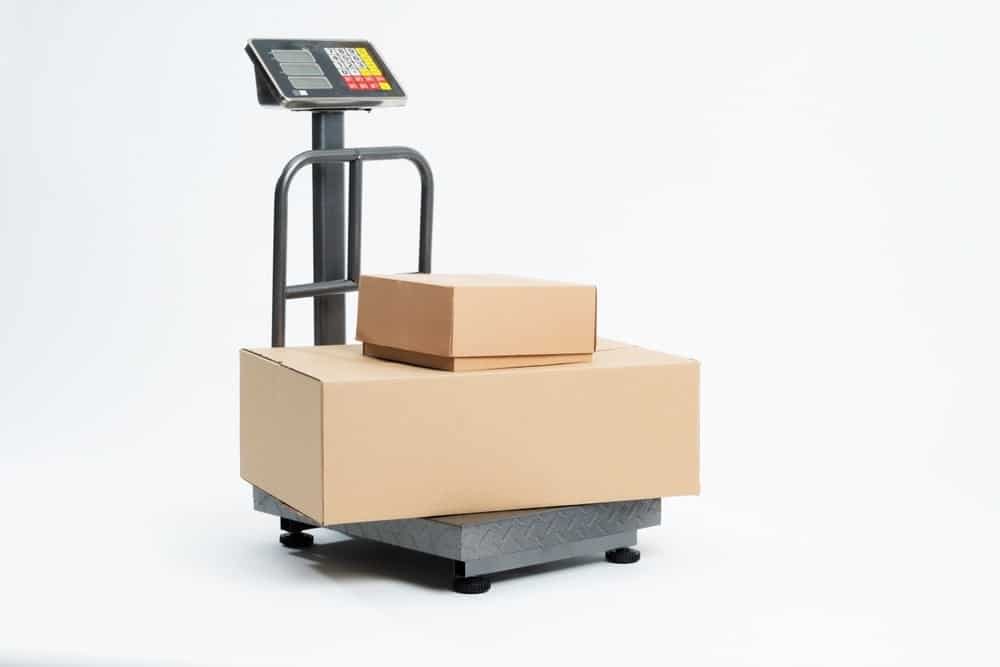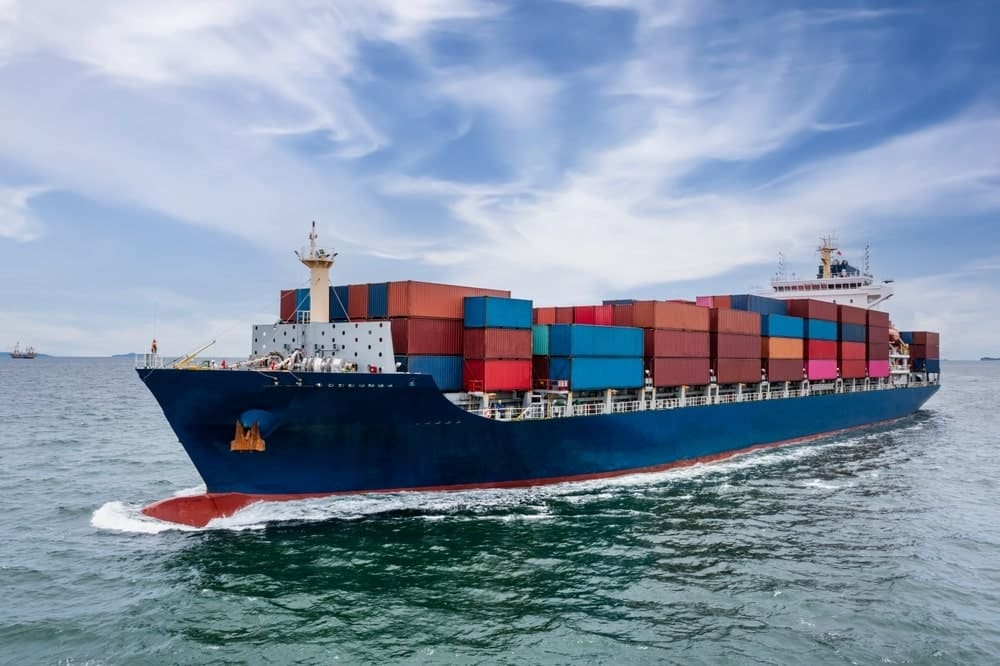
Learning about the complexities of a freight rate is essential for a Canadian online seller. It ensures your profitability and customer satisfaction. This comprehensive guide will provide valuable information about freight rates, their factors, and strategies to optimize shipping costs.
Freight rates are the charges for transporting goods from one location to another. In online selling, they determine the cost of shipping products to customers across Canada and potentially internationally.
If you're wondering what makes them different from regular shipping rates, here's an explanation:
Freight rates and regular shipping rates differ mainly in size and type of shipment. Regular shipping rates apply to smaller packages, usually handled by postal carriers. These costs are typically based on package weight, size, and distance.
Meanwhile, freight rates cover larger bulk shipments. They are often moved by trucks, ships, or planes. Freight pricing is more complex and considers factors like:
Freight is usually for big businesses or items, while regular shipping is for small and medium-sized enterprises or everyday parcels.
The main factors that influence freight rates include:

The package weight is a significant factor in determining freight rates. Heavier items cost more to ship because they need more fuel and effort to move. Meanwhile, the dimensions, or the package size, also matter.
A large, bulky item can take up more space, even if it's light. Therefore, carriers need to charge more because it limits how much else they can ship. Freight carriers calculate the rate based on both actual and "dimensional" weight, which considers the size of the package.
Larger or heavier items mean higher costs due to space and weight limits on trucks, ships, or planes.

Distance directly affects freight rates. Generally, the farther a shipment has to travel, the more it costs. Longer distances mean freight shipping companies need more fuel, time, and resources to transport goods.
For example, shipping across the country will cost more than shipping within a nearby city. Shipping companies also consider the route. This means remote or hard-to-reach areas may have higher rates due to extra effort.
Additionally, international shipments involve customs and border fees, adding to the cost. In short, the farther the shipment, the higher the freight rate due to increased travel time and expenses.

The mode of transport—whether by truck, train, ship, or airplane—greatly influences freight costs. However, you will see differences in the freight costs depending on the chosen transportation.
For example, air transport is the fastest but the most expensive due to fuel, speed, and limited cargo space. On the other hand, shipping by sea is slower but cheaper for large, heavy items, as ships can carry more cargo.
Meanwhile, trucking is common for land transport, balancing cost and speed, but it can get pricey for long distances. Trains are also cost-effective for heavy loads over land, but rail routes have limitations.
Each mode has cost, speed, and cargo size trade-offs, with faster options usually costing more.
Fuel surcharges are extra fees added to freight costs to cover the fluctuating price of fuel. Freight transportation services need fuel to transport goods. Thus, any increase in fuel price leads to higher shipping costs.
Instead of constantly changing base shipping rates, companies add fuel surcharges that adjust based on the current fuel prices. When fuel prices go up, so does the surcharge, making shipping more expensive. If fuel prices drop, the surcharge usually decreases too.
It's a way for carriers to manage unpredictable fuel costs without frequently changing their overall pricing structure.
Handling fees are extra charges for the exceptional care or extra effort needed to manage specific shipments. This can include the following:
If a shipment requires more time, attention, or equipment, the handling fees increase to cover those additional efforts. These fees also apply when carriers must include extra packaging or specific processes to keep the items safe during transport.
Handling fees compensate carriers for extra work in managing special or complex shipments.

Customs duties and taxes are additional costs added when shipping across international borders. The government imposes these fees to regulate and collect revenue from imported goods.
Customs duties depend on the type, value, and quantity of the items. Meanwhile, taxes (like VAT or sales tax) are applied in some countries. When goods enter a country, customs authorities add these charges to the freight cost.
The more valuable or specialized the items, the higher the duties and taxes. These fees make international shipping more expensive. Canadian sellers must pay them before the carriers deliver the items to the buyer.

Shipping insurance is an optional add-on that can increase freight costs. However, despite this, it's still worth considering because of the peace of mind it can offer.
It protects against loss, damage, or theft during shipping. By paying for insurance, shippers ensure that if something goes wrong, they can recover the value of their goods. Without insurance, any damage or loss could result in financial loss.
The insurance cost depends on the shipment's value and the risk involved. Yes, it adds to the overall freight cost. However, it provides extra security, especially for high-value or fragile goods, by covering potential risks during transport.
Freight rates are dynamic and can fluctuate based on various factors, including:
We recommend you use online freight rate calculators or contact freight carriers directly. This way, you can get the most accurate and up-to-date information on current freight rates.
These resources can provide you with a tailored freight shipping quote based on the following factors:
It's important to note that rates may vary depending on the carrier, mode of transportation, and any additional services required.
Here's a simplified breakdown of how freight rates are typically calculated:
As mentioned, carriers based the container freight rates on either the actual weight or the dimensional weight.
The carrier will only use which of the two is higher to determine the shipping cost.
Freight class is a numerical rating that reflects the difficulty and cost of handling a shipment. It is based on factors like density, fragility, and value. Higher freight classes usually result in higher shipping rates.
As mentioned earlier, the origin and final destination points significantly affect the freight rate. For international shipments, crossing multiple borders or zones can also add the following charges:
In essence, the farther and more complex the route, the higher the freight rate due to these added logistical challenges.
These are additional fees for services like pickup, delivery, insurance, hazardous materials handling, or special equipment.
Carriers often provide online calculators where you can enter shipment details to get an estimate. Alternatively, you can contact the carrier directly for a personalized quote.
Note: This is a simplified overview, and actual calculations can be more complex, especially for international shipments or those with special requirements.
Several factors affect international shipping, which can differ from domestic shipping:
Ensure all required customs documentation is in order, such as:
Be aware of potential import duties, taxes, and tariffs on your goods. Additionally, familiarize yourself with the destination country's import regulations and restrictions.
International Commercial Terms (Incoterms) define the responsibilities and costs shared between the buyer and seller. They include discussing the risk of loss or damage that transfers from the seller to the buyer. Choosing the right Incoterm is essential for clarifying these roles.
Be updated with the currency exchange fluctuations. These changes can impact pricing and profitability. To reduce this risk, consider using hedging strategies.
If you're looking to expand your business beyond domestic borders, Stallion can be your one-stop solution.
We offer comprehensive services of domestic, cross-border, and international shipping solutions designed to help you reach customers worldwide.
With our extensive network and expertise in global logistics, we provide reliable, efficient, and cost-effective shipping options to support your growth.
It's crucial to understand the factors affecting freight rates and implement effective strategies. This will help Canadian online sellers to optimize their shipping costs and improve their overall profitability.
Carefully consider weight, dimensions, and distance, among many other factors, to make informed decisions and ensure a smooth experience for your customers.
For a trusted shipping partner, consider choosing Stallion for affordable and reliable delivery!
Aman looks after the content marketing department at Stallion Express. He is passionate about helping businesses grow by providing informative and up-to-date trends in the eCommerce industry. Outside the office, you can find him on the soccer field cheering on Real Madrid.
